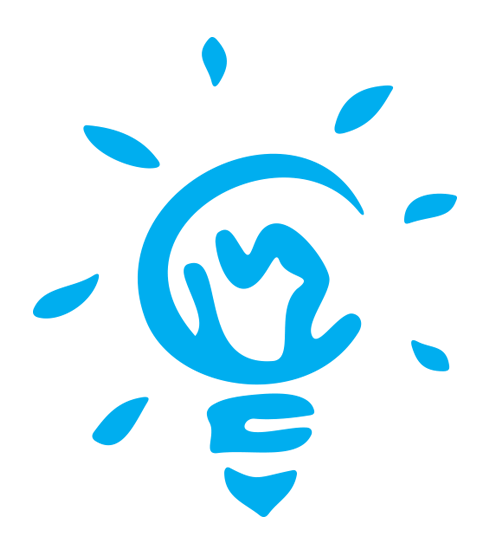Visual Identity, Brand System & Creative Direction
When I joined F1000, all I had to start with was the logo. That was it. From that simple mark, I built out a full visual identity – anchored in story, shaped by data, and designed to reflect the world of open research.
F1000, part of the Taylor & Francis publishing group, is a platform-driven publishing services provider working with major funders and institutions like the European Commission, Wellcome Trust, and the Bill & Melinda Gates Foundation. F1000Research, its flagship open-access journal, sits as a distinct but connected sub-brand.
The brand identity I created was grounded in the very core of what F1000 represented: information, openness, and the human pursuit of knowledge. The three concentric rings of the F1000 logo became a versatile graphic language – used to animate, watermark, and frame communications. They weren’t arbitrary: each ring symbolised one of the three pillars of science, physics, chemistry and biology.
This formed the conceptual backbone for a system that could flex from deep scientific publishing to dynamic campaign materials.
The visual style was clean but expressive: rich in infographics, iconography, and data-driven layouts, all influenced by classic research graphics—think lab manuals, academic posters, and early data visualisations. Where possible, all photography was real, authentic, and human – no CGI, no AI. Just real people doing real work in the research world. A conscious choice to match the values of transparency and integrity F1000 stood for.
Key Deliverables:
Full brand identity and visual system from a logo-only starting point
Style guidelines to roll out across print, digital, and event media
Marketing design across web, social, animation, video, and editorial
Data visualisation, icon sets, and infographic development
End-to-end event and campaign creative
UI/UX direction for the F1000 platform including wireframes and prototypes
Ongoing collaboration with platform engineers on new feature rollouts
This project was an opportunity to bring coherence, meaning, and craft to a fragmented brand – and to visually amplify the purpose behind open research. It was design with depth, not just decoration.






